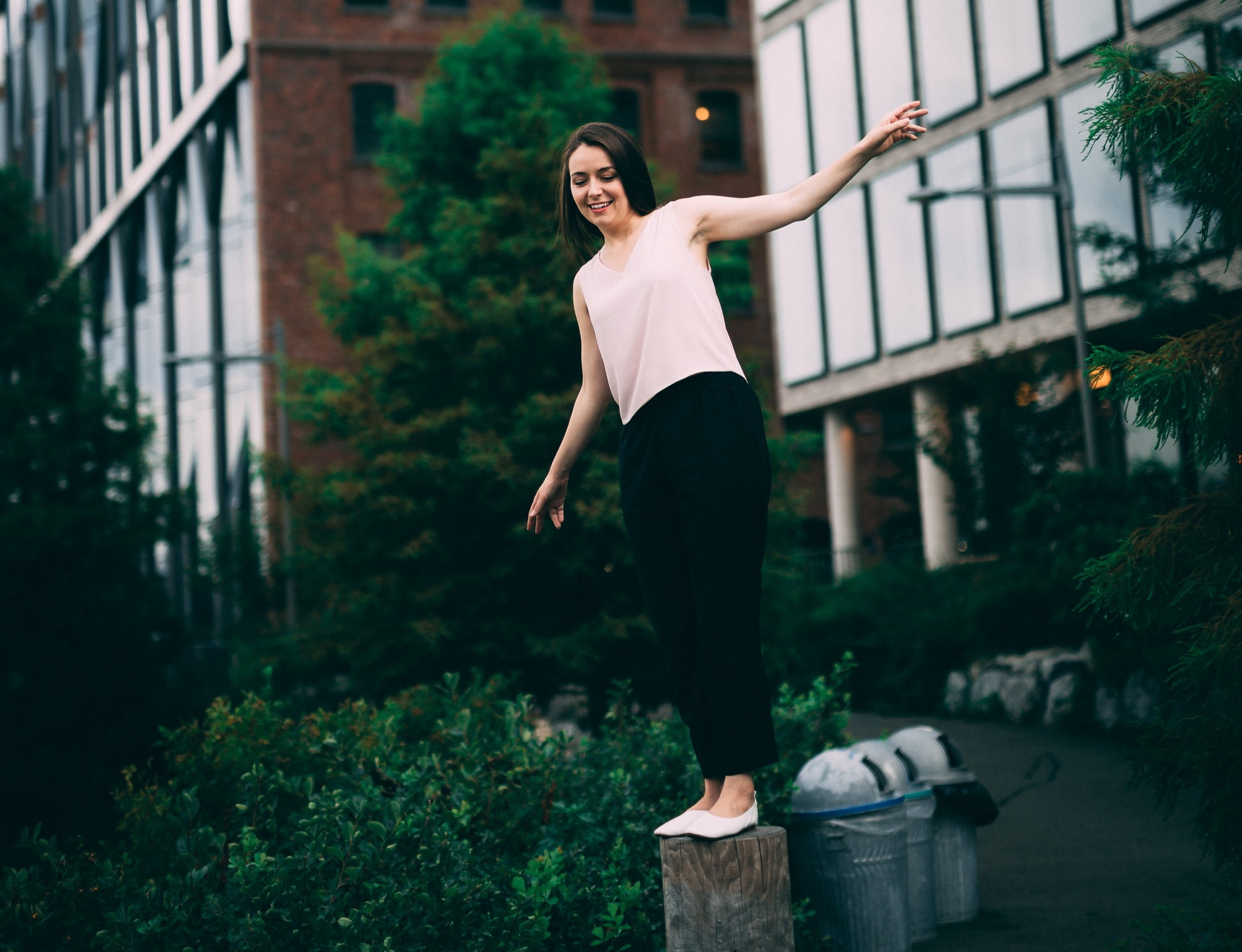
The two complaints we hear most often from clients age 50+ are back pain and poor balance.
They both come with limitations on peoples ability to participate in activities they love and a fear that the problem will become worse as they age. What many people don’t realize is that back pain and balance – although seemingly different concerns – are often very much connected.
Think about the simple act of walking . . .When you go to take a step, your lower body balances on one leg and your back braces to create stability and protect the spine. If you lack balance, there is an instability between your upper and lower halves and your body recognizes this as a threat. Your brain can respond by sending a pain signal – or worse, a loss of balance caused by the instability could result in an injury.
Your low-back pain could be a symptom of your lack of balance or vice versa, but both problems are a result of poor movement strategies.
Which came first the poor balance or back pain?
It can really go either way. some people have back pain due to the poor balance and postural instability. They maintain an unhealthy posture or overwork their back muscles to try to compensate for poor posture.
Other people have poor balance as a result of back pain. Either way, the correlation has been proven by research – people with back pain have poorer balance than their peers without back pain.
So, if we want to maintain our independence by staying pain free and steady on our feet we must address our movement patterns and balance strategies.
How to address the sensory system?
The sensory system is in charge of ensuring our feet are stable on the ground and our body is communicating effectively with our brain. When we take a step, our brain tells our feet to move and the muscles around our legs, hips, back to activate simultaneously to keep our body stable as we move.
Thousands of nerves, muscles, and tendons make up this system and ensure our body can move through space safety. When this system isn’t working we can stumble or tottle trying to regain stability.
The worse part – this makes us look older than we are. But, also results in falls, arthritis, and low back pain.
Improve Balance and Back Pain
The good news is that you can improve both of these things in three steps – no matter which one came first.
-
Strengthen the right muscles – usually the abdomen, low back, and buttocks are the biggest contributors.
-
Retrain your posture – stand in front of a mirror and work on aligning your shoulders over your hips over your ankles.
-
Challenge your balance – maintain a healthy posture while standing on one foot, on a pillow, or with your eyes closed.
When to Get Help
If you find any of these things especially challenging, you may need a more individualized plan. For example, if you can’t balance on one foot for 30 seconds, it’s time to get some expert help to prevent more serious problems in the future.
In addition, if you experience vertigo, arthritis in your hips or knee, numbness in your feet, or severe back pain limiting your ability to get around – now is the time!
The biggest mistake people make is to wait too long. They are active and independent (even athletic) and ignore these problems as nuisances. They wait until pain limits there ability to work or worse – a fall limits their ability to live in their two story home.
A specialist physical therapist can get to the root cause of your problem and find you solutions. You deserve to move with ease and confidence – no matter your age. Our best advise – Don’t put off what can be taken care of today for a better tomorrow!
If POOR BALANCE is your main concern – click the link below to talk with a Doctor of Physical Therapy about a Free Movement Screen.
If BACK PAIN is your main concern – click the link below to download our Free Ebook with tips you can try at home.




